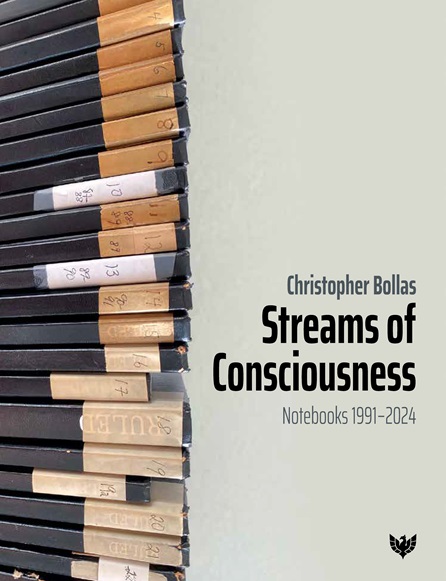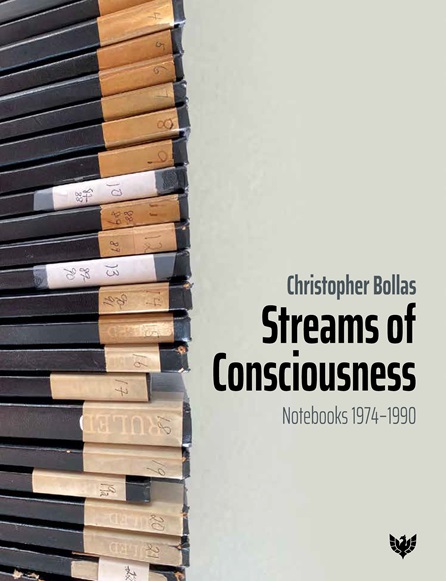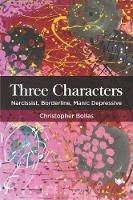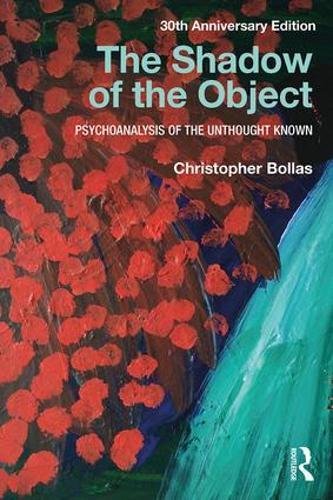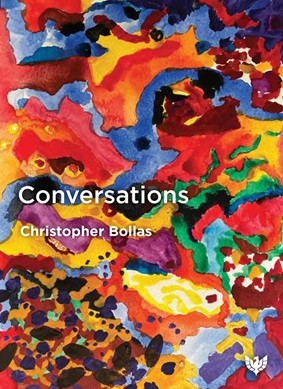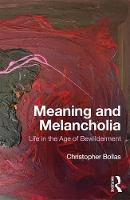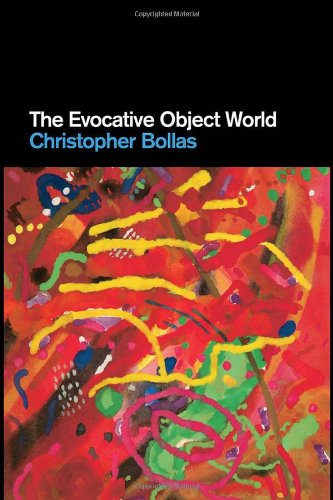The Freudian Moment
The Freudian Moment grew out of an interview by Vincenzo Bonaminio at the European Psychoanalytical Federation Congress in Athens in April of 2006. The interest expressed prompted a follow-up interview in order to address some of the more complex issues raised. Karnac was enthusiastic about publishing the interviews and it was decided to add other works written in that year.
It is not easy to address the many questions posed by Vincenzo, but there are certain key themes.
The "Freudian Moment" refers to that moment in time when, from my point of view, Freud realized a phylogenetic preconception of psychoanalysis. Early literature, such as the Epic of Gilgamesh, reveals an ancient need in mankind to present the dream to the other. When Freud created a therapeutic relationship around the other's reception of the self's dream he fulfilled a human search of some thirty thousand years. The word "psychoanalysis" signifies the conceptualization of this realization, although it remains to be seen if the psychoanalytical movement can live up to its name.
Psychoanalysts have not appreciated the radical and profound change in human relations discovered in this relationship which constitutes an extraordinary leap forward in the human capacity.
I have long been struck by Freud's ambivalent attitude toward the creative aspects of the psychoanalytical relationship. One feature of his ambivalence is his failure to mention, let alone develop, a theory of unconscious perception. And although his theory of the dream work is impossible without an implicit concept of unconscious perception his reluctance to go down that road left his theory of free association rather rootless. Free association is a form of thinking that articulates unconscious perceptions (and other unconscious phenomena, such as drive derivatives and memories) and yet because Freud and subsequent analysts failed to grapple with Freud's theoretical inconsistencies, the theory of free association (and its practice) has been marginalised.
Although Freud did not construct a systematic theory of unconscious perception, unconscious creativity, and unconscious articulation (through free association), his core model of analytical listening is based upon it. That is the model of the analyst's "evenly suspended attentiveness" where the analyst is to abandon reflection, concentration on anything particular, or any expectation, and by these means "to catch the drift of the patient's unconscious with his own unconscious."
Freud is unmistakably clear, here, that the core work of an analysis is unconscious to unconscious. And we might add, how could it be otherwise? But unfortunately the history of analytical theory does not follow that path. Indeed, schools of thought have developed theories of listening based on highly conscious attention to selected facts: to the castration complex, or to the drive derivative, or the ego position. Over time, "evenly suspended attentiveness" has been usurped by "hypertrophied consciousness". This is most visible in the so called "here and now" transference interpretation in which the analyst assumes that almost everything said by the analysand is a thinly disguised reference to the analyst or a rhetorical action committed upon the analyst. In one chapter I argue that this paranoid idea of reference will destroy any remnants of Freud's view of analytical listening.
I am a member of a study group that has met for some fifteen years. We call ourselves the European Study Group of Unconscious Thought (ESGUT) and when we meet we study process recorded sessions in micro analytic detail. We have taken seriously Freud's theory that free association reveals "a logic of sequence." But as that logic is an unconscious one it is not easily discovered upon a first reading of a session; indeed, upon even two or possibly three readings. But over time, by going over and over a session or sessions, it is indeed possible to discover how the sequence of ideas presented by the analysand reveals many different lines of thought that connect in the hour and over subsequent sessions. In The Freudian Moment I discuss the implications of this work and, in particular, the profound significance of Freud's theory of sequence. Bonaminio and I discuss how the model of a musical score can help us to imagine the many different lines of unconscious thought, but in particular, the respectively different categories of unconscious thinking. We articulate ourselves unconsciously in many different forms of speech, but also in the sonic category (the way we sound words or phrases), in the relational category (the way we relate to the object or the other), in the bodily category (the way we speak through facial expression and body gesture) and so forth. We do not examine this issue in depth but our agenda, if I may put it that way, is to raise these issues at an important time in psychoanalysis. Important because at this time there are a surprisingly large number of analysts who think free association is non-existent and those who also now argue that the unconscious is a fiction. The chapter "What is theory?" argues that psychoanalytical theories are of value because they offer us differing forms of perception. No one theory could ever be comprehensive. We need to learn the theories of Klein, Lacan, Hartmann and others because any one theory allows us to see mental and relational phenomenon not seen by the other theories. While this view hardly endears one to the major psychoanalytical movements, which naturally hold their views as total truths, I think we are at a time in the history of psychoanalysis when independent minded psychoanalysts can use differing theories to develop their unconscious receptiveness to their analysand's complex communications. The Freudian Moment assembles differing arguments for a review of Freud's theory of how unconscious thinking is deployed through the sequence of an analysand's verbal and non verbal presentations in a session. This particular form of unconscious expression-and there are others-constitutes the analysand's psychic reality; the material flows from an order determined by their unconscious. That psychoanalysts have largely forgotten how to listen to sequential logic is puzzling as this was the method that Freud defined as the "strictly classical" form of psychoanalysis. I think if we re-view this theory it will help renew our relation to unconscious life. At least, I hope so.
It is not easy to address the many questions posed by Vincenzo, but there are certain key themes.
The "Freudian Moment" refers to that moment in time when, from my point of view, Freud realized a phylogenetic preconception of psychoanalysis. Early literature, such as the Epic of Gilgamesh, reveals an ancient need in mankind to present the dream to the other. When Freud created a therapeutic relationship around the other's reception of the self's dream he fulfilled a human search of some thirty thousand years. The word "psychoanalysis" signifies the conceptualization of this realization, although it remains to be seen if the psychoanalytical movement can live up to its name.
Psychoanalysts have not appreciated the radical and profound change in human relations discovered in this relationship which constitutes an extraordinary leap forward in the human capacity.
I have long been struck by Freud's ambivalent attitude toward the creative aspects of the psychoanalytical relationship. One feature of his ambivalence is his failure to mention, let alone develop, a theory of unconscious perception. And although his theory of the dream work is impossible without an implicit concept of unconscious perception his reluctance to go down that road left his theory of free association rather rootless. Free association is a form of thinking that articulates unconscious perceptions (and other unconscious phenomena, such as drive derivatives and memories) and yet because Freud and subsequent analysts failed to grapple with Freud's theoretical inconsistencies, the theory of free association (and its practice) has been marginalised.
Although Freud did not construct a systematic theory of unconscious perception, unconscious creativity, and unconscious articulation (through free association), his core model of analytical listening is based upon it. That is the model of the analyst's "evenly suspended attentiveness" where the analyst is to abandon reflection, concentration on anything particular, or any expectation, and by these means "to catch the drift of the patient's unconscious with his own unconscious."
Freud is unmistakably clear, here, that the core work of an analysis is unconscious to unconscious. And we might add, how could it be otherwise? But unfortunately the history of analytical theory does not follow that path. Indeed, schools of thought have developed theories of listening based on highly conscious attention to selected facts: to the castration complex, or to the drive derivative, or the ego position. Over time, "evenly suspended attentiveness" has been usurped by "hypertrophied consciousness". This is most visible in the so called "here and now" transference interpretation in which the analyst assumes that almost everything said by the analysand is a thinly disguised reference to the analyst or a rhetorical action committed upon the analyst. In one chapter I argue that this paranoid idea of reference will destroy any remnants of Freud's view of analytical listening.
I am a member of a study group that has met for some fifteen years. We call ourselves the European Study Group of Unconscious Thought (ESGUT) and when we meet we study process recorded sessions in micro analytic detail. We have taken seriously Freud's theory that free association reveals "a logic of sequence." But as that logic is an unconscious one it is not easily discovered upon a first reading of a session; indeed, upon even two or possibly three readings. But over time, by going over and over a session or sessions, it is indeed possible to discover how the sequence of ideas presented by the analysand reveals many different lines of thought that connect in the hour and over subsequent sessions. In The Freudian Moment I discuss the implications of this work and, in particular, the profound significance of Freud's theory of sequence. Bonaminio and I discuss how the model of a musical score can help us to imagine the many different lines of unconscious thought, but in particular, the respectively different categories of unconscious thinking. We articulate ourselves unconsciously in many different forms of speech, but also in the sonic category (the way we sound words or phrases), in the relational category (the way we relate to the object or the other), in the bodily category (the way we speak through facial expression and body gesture) and so forth. We do not examine this issue in depth but our agenda, if I may put it that way, is to raise these issues at an important time in psychoanalysis. Important because at this time there are a surprisingly large number of analysts who think free association is non-existent and those who also now argue that the unconscious is a fiction. The chapter "What is theory?" argues that psychoanalytical theories are of value because they offer us differing forms of perception. No one theory could ever be comprehensive. We need to learn the theories of Klein, Lacan, Hartmann and others because any one theory allows us to see mental and relational phenomenon not seen by the other theories. While this view hardly endears one to the major psychoanalytical movements, which naturally hold their views as total truths, I think we are at a time in the history of psychoanalysis when independent minded psychoanalysts can use differing theories to develop their unconscious receptiveness to their analysand's complex communications. The Freudian Moment assembles differing arguments for a review of Freud's theory of how unconscious thinking is deployed through the sequence of an analysand's verbal and non verbal presentations in a session. This particular form of unconscious expression-and there are others-constitutes the analysand's psychic reality; the material flows from an order determined by their unconscious. That psychoanalysts have largely forgotten how to listen to sequential logic is puzzling as this was the method that Freud defined as the "strictly classical" form of psychoanalysis. I think if we re-view this theory it will help renew our relation to unconscious life. At least, I hope so.
By Christopher Bollas
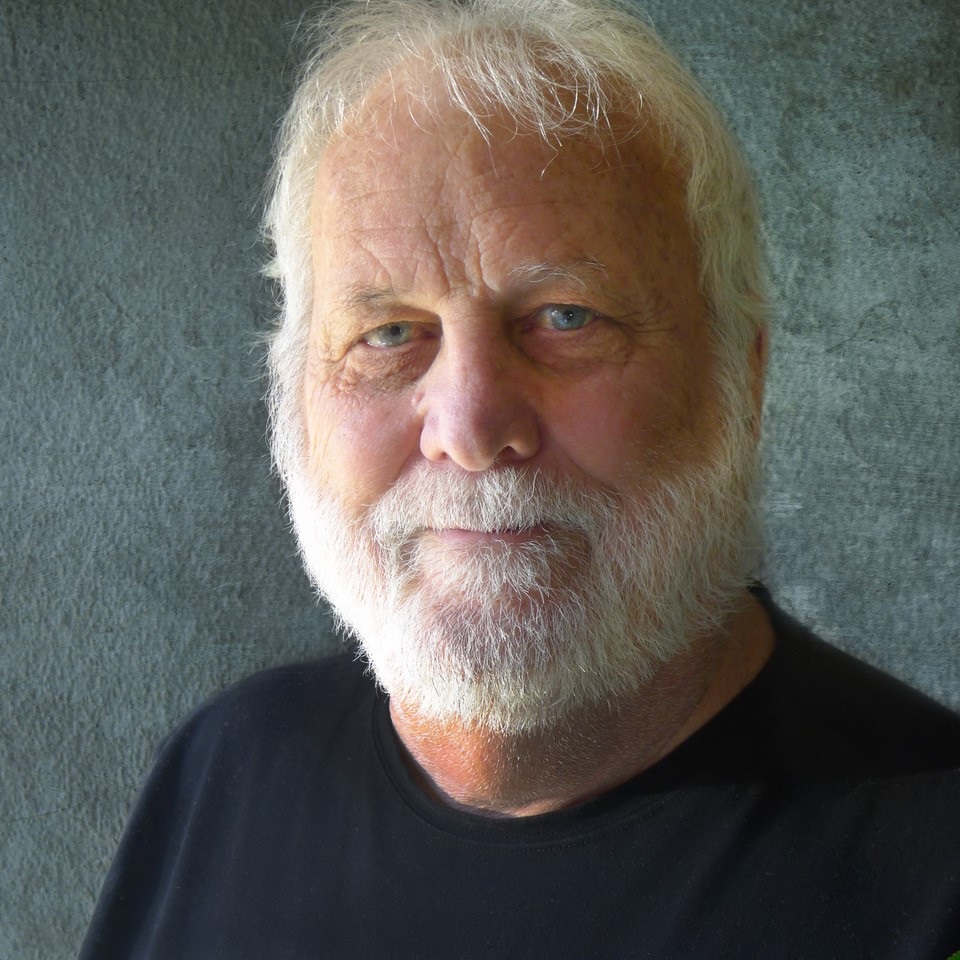
View more details for Christopher Bollas
Streams of Consciousness: Notebooks 1991–2024
- Paperback + eBook
Streams of Consciousness: Notebooks 1974–1990
- Paperback + eBook
Three Characters: Narcissist, Borderline, Manic Depressive
- Paperback + eBook
Conversations
- Print + eBook
The Evocative Object World
- Paperback
Hysteria
- Paperback
The Mystery of Things
- Paperback


